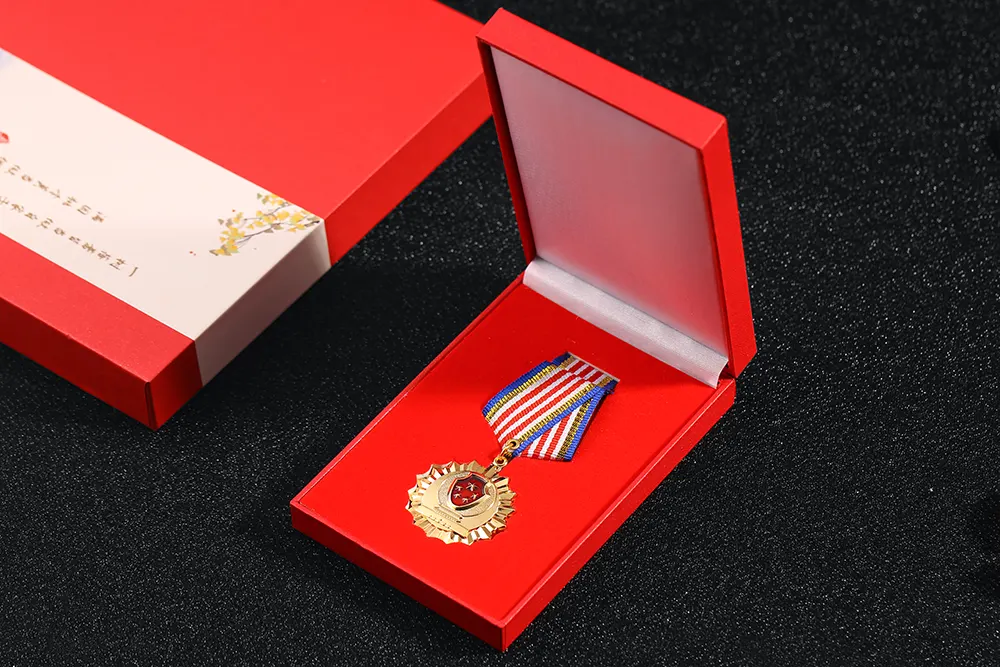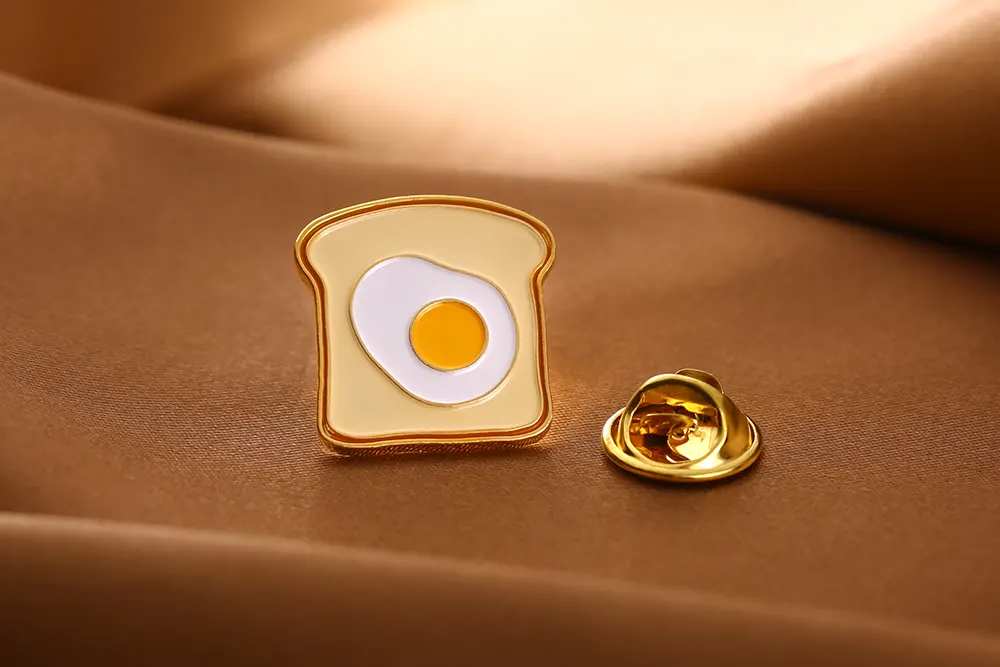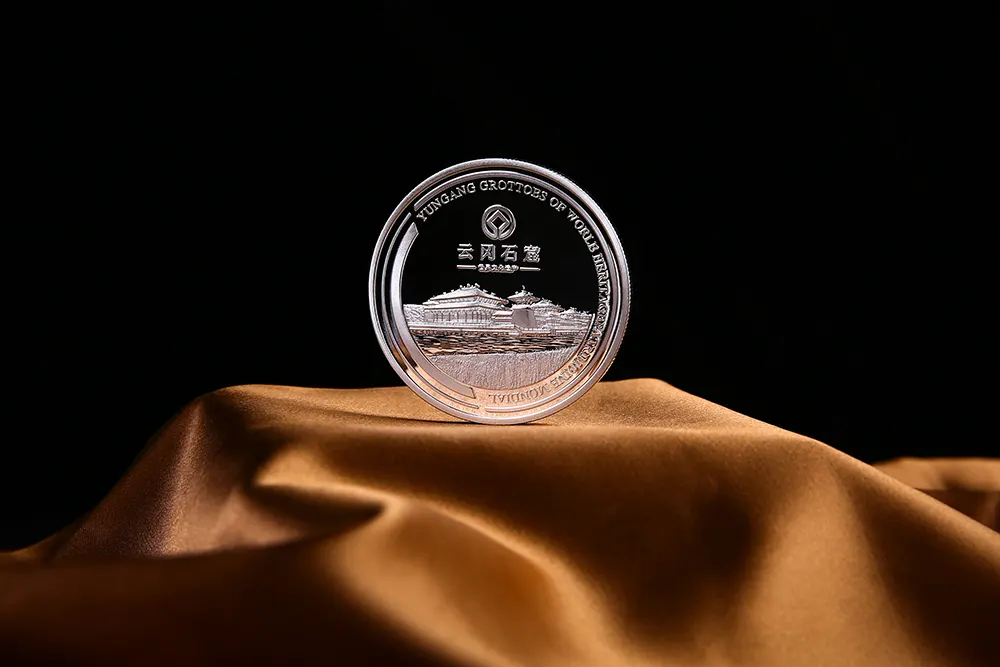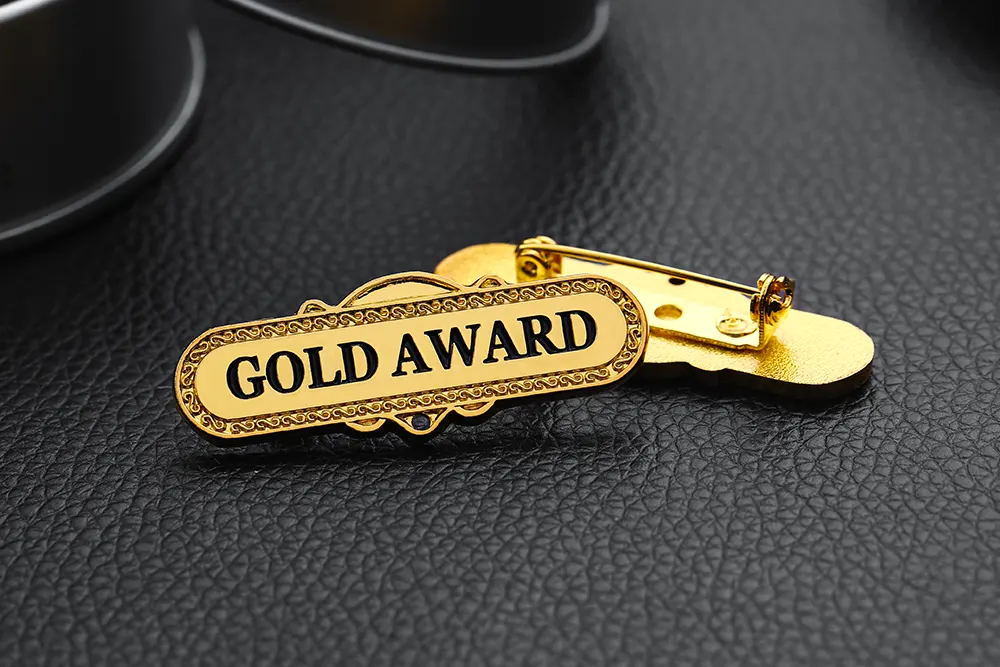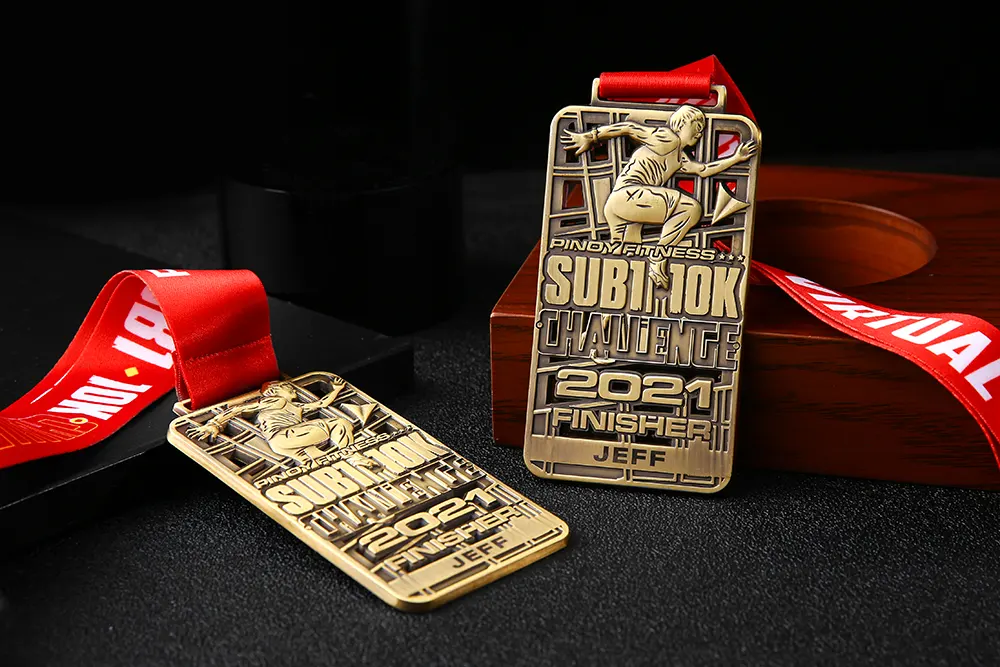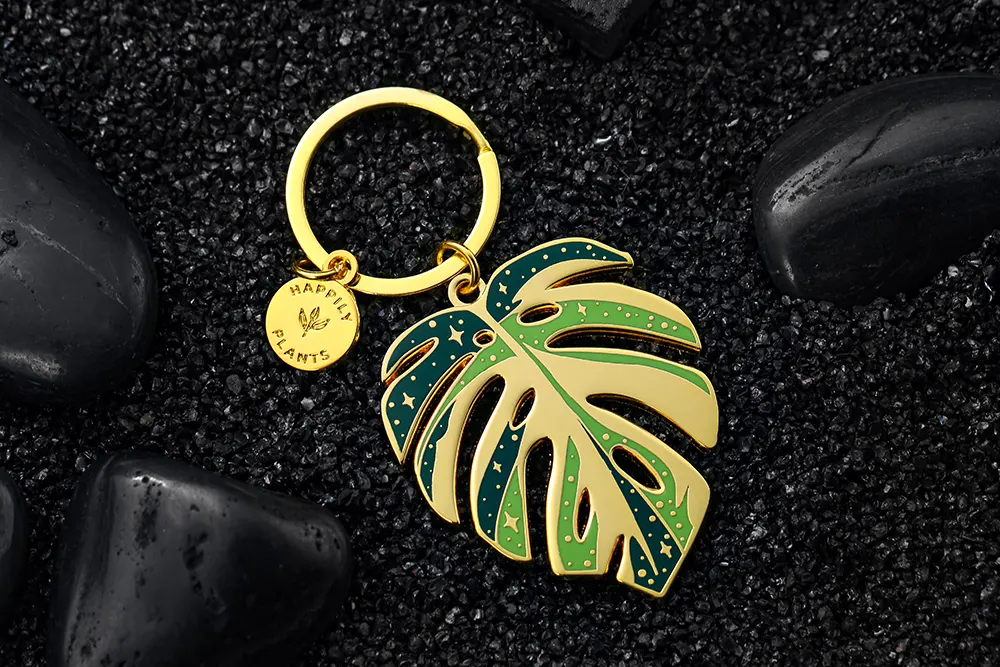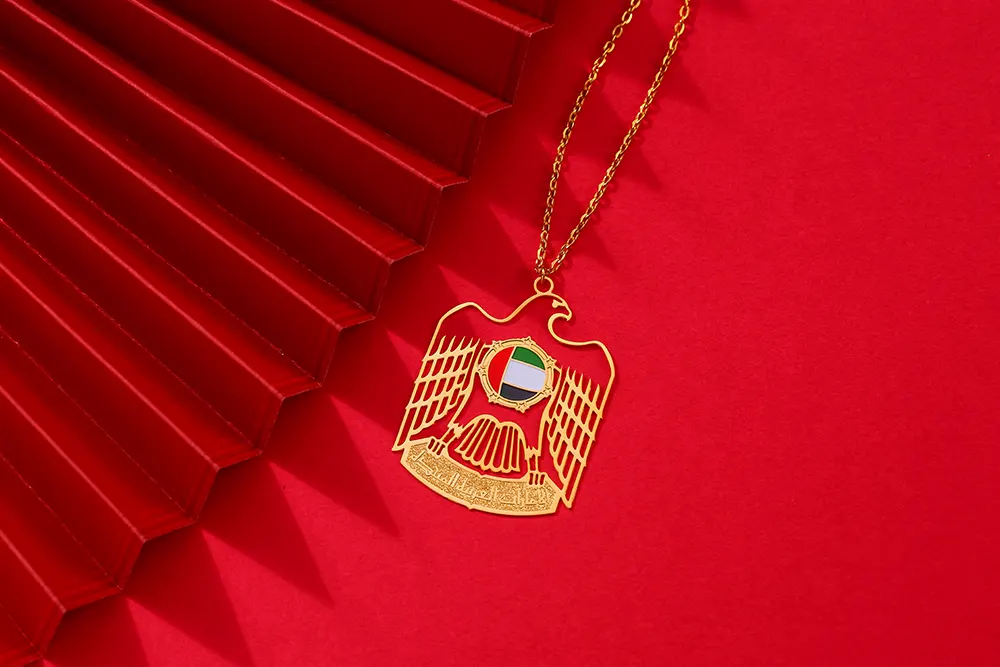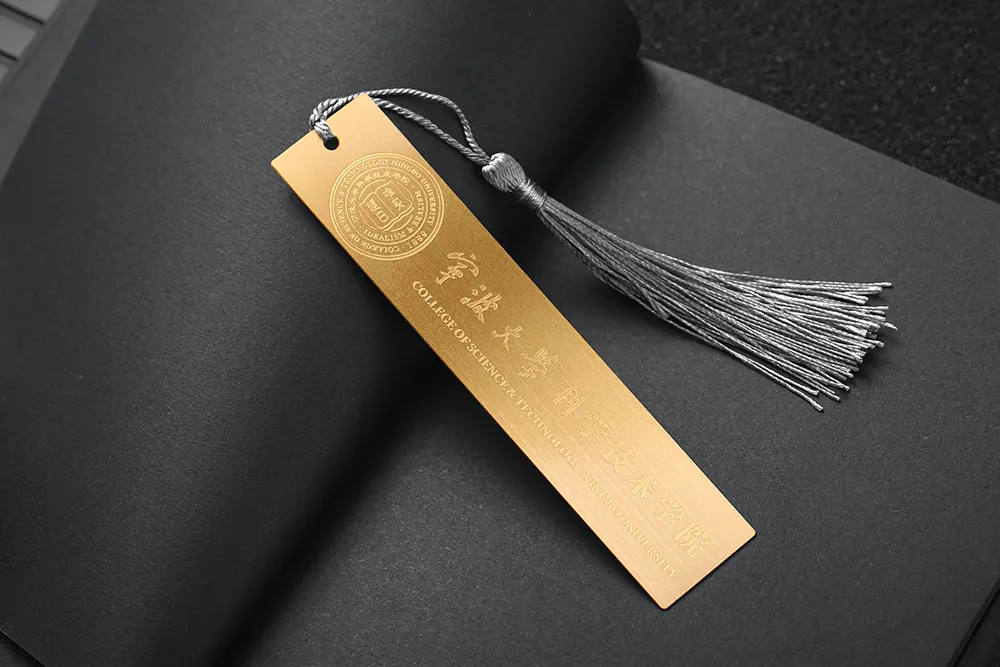The art of creating coins has fascinated metalworkers and collectors for thousands of years. At the heart of every coin lies a precisely crafted tool that transforms blank metal into currency or commemorative pieces. Whether you’re a hobbyist looking to create custom tokens or a professional seeking to understand the minting process, understanding coin dies opens up a world of metalworking possibilities.
What Exactly Is a Coin Die?
A coin die is a hardened steel tool engraved with a mirror image of the design that will appear on a coin. When a blank piece of metal is struck between two dies—one for each side of the coin—the design is impressed into the metal through tremendous pressure. Think of it as a three-dimensional stamp that creates raised and recessed features simultaneously.
The process involves two main components working together: the obverse die (typically the top die with the “heads” design) and the reverse die (the bottom die showing the “tails” design). When these dies sandwich a metal blank and apply force, they create what we recognize as a coin.
Types of Coin Minting Dies Throughout History
Coin striking dies have evolved dramatically over centuries. Medieval coin dies were hand-carved by skilled artisans and used in a hammering process. A worker would place the blank between two dies and strike the top die with a hammer, creating what collectors now call “hammered coins.” These ancient tools are highly sought after today, with hammered coin dies for sale occasionally appearing at auctions and specialty dealers.
Modern coin press dies operate on the same principle but with far greater precision and pressure. Industrial minting facilities use hydraulic or mechanical presses that can exert dozens of tons of force, creating perfectly uniform coins at high speeds. However, the basic concept—a hardened steel die bearing a negative image—remains unchanged from ancient times.
Finding and Purchasing Coin Dies
For collectors and hobbyists, finding coin dies for sale can be an exciting treasure hunt. Authentic US Mint coin dies for sale are extremely rare, as the United States Mint typically destroys dies after use to prevent counterfeiting. When they do become available through government auctions or estate sales, they command premium prices and come with strict stipulations about their use.
More accessible options include custom coin dies created by specialized manufacturers. A coin die set for legitimate tokens, medallions, or commemorative pieces can be commissioned from professional coin die makers. These artisans combine traditional engraving skills with modern technology to produce dies suitable for various applications.
Antique coin and die sets occasionally surface at estate sales, flea markets, and online auctions. These historical pieces serve as fascinating collectibles even if they’re no longer suitable for striking coins. A medieval coin die or ancient Roman stamping tool represents a tangible connection to the craftspeople who created currency centuries ago.
My Journey Into Coin Stamping
I first became interested in coin stamping while researching historical reenactment props. I needed authentic-looking tokens for a living history event and discovered that creating them myself was not only possible but deeply rewarding. After purchasing a small arbor press and commissioning a simple custom coin stamp from a machinist friend, I struck my first pieces from copper blanks.
The experience was humbling. Even with properly made dies, achieving consistent strikes requires practice. The angle of the strike, the force applied, and even the temperature of the metal all affect the final result. Those first attempts came out crooked and incomplete, but each one taught me something about the craft. Now, several years later, I can produce reasonably consistent tokens, though I have profound respect for the master craftspeople who work at professional mints.
How to Make Your Own Coin Dies
For those wondering how to make coin dies, the process requires metalworking skills and specialized tools. Making coin dies typically begins with design work—creating the image that will appear on the finished coin. This design must be reversed (mirror-imaged) since the die produces the opposite of what’s carved into it.
Traditional die making involves hand engraving hardened steel, an incredibly skilled and time-consuming process. Modern coin die makers often use CNC (Computer Numerical Control) machines to engrave dies with precision measured in microns. The steel must be properly hardened after engraving to withstand repeated striking without degrading.
A DIY coin press setup for hobbyists typically involves much softer metals and lower pressures than professional operations. Some enthusiasts create dies from tool steel using hand engraving or rotary tools, then harden them through heat treatment. These homemade dies work well for striking soft metals like copper, brass, or silver, producing tokens and art pieces rather than currency.
Steps for Creating Basic Custom Coin Dies:
First, design your image and create it in reverse. Next, transfer this design onto tool steel blanks using various methods including acid etching, hand engraving, or machining. The steel must then be properly heat-treated to achieve the hardness necessary for repeated use. Finally, test your dies on soft metal blanks, making adjustments as needed to achieve clean strikes.
Custom Coin Die Services and Options
For those who want professional results without learning metalworking, commissioning a custom coin die from established makers is the practical choice. Professional coin die makers can create dies for various purposes: commemorative tokens, business promotional coins, gaming pieces, or art medals.
When working with a custom coin die stamp manufacturer, you’ll typically provide artwork or detailed descriptions of your desired design. The manufacturer will create a proof for your approval before cutting the actual dies. Prices vary dramatically based on die size, design complexity, and the metal hardness required for your intended use.
A custom coin press may also be necessary depending on your production volume. Small hobbyist operations can function with an arbor press or even a heavy-duty bench vise, while serious token production requires hydraulic or flywheel presses capable of generating sufficient tonnage for consistent strikes.
Understanding Gold Coin Dies and Precious Metal Striking
A gold coin die must meet higher standards than dies used for base metals. Gold is softer than steel but still requires significant pressure to fill die details completely. Professional gold coin dies are often chromium-plated to extend their working life and prevent the gold from adhering to the die surface during striking.
The striking process for precious metals requires careful attention to blank preparation. Gold, silver, and platinum blanks must be properly annealed (softened through heating) before striking to ensure the metal flows into every detail of the die. Multiple strikes may be necessary for proof-quality coins with deep relief features.
Practical Tips for Stamping Coins
Learning how to stamp coins effectively takes practice and attention to detail. The blank must be perfectly centered between the dies, and the striking force must be applied evenly. Inconsistent pressure results in coins with weak details on one side or uneven edges.
Temperature matters more than many beginners realize. Cold metal resists flow, requiring more force and potentially damaging dies. Slightly warming blanks—not hot enough to anneal them, but warm to the touch—can improve strike quality with less force. Always use lubricant on your dies to prevent metal adhesion and extend die life.
Start with soft metals like copper or aluminum for practice. These materials forgive errors and require less force to strike cleanly. As your technique improves, you can progress to harder alloys that produce more durable tokens but demand more precise striking conditions.
Legal Considerations and Responsible Use
Before creating custom coin striking dies, understand the legal boundaries. Creating dies that replicate legal tender currency is illegal in most jurisdictions, even if you don’t intend to pass the coins as real money. The mere possession of dies resembling current currency can result in serious criminal charges.
Legitimate uses for custom dies include commemorative tokens, gaming pieces, promotional items, and art medals. These should be clearly distinguishable from legal tender through size, metal, or obvious design differences. When in doubt, consult with legal counsel before commissioning dies that could be misconstrued as counterfeiting tools.
Preserving and Collecting Coin Dies
Antique minting dies represent important historical artifacts. A coin and die set from a closed mint or defunct nation offers tangible evidence of monetary history. Collectors prize these items both for their historical significance and their artistic merit, as many dies showcase exceptional craftsmanship.
Proper preservation of coin dies requires protection from rust and physical damage. Dies should be lightly oiled and stored in a climate-controlled environment. Never attempt to clean antique dies aggressively, as patina and age marks contribute to their historical value and authenticity.
The Future of Coin Die Manufacturing
Modern technology continues transforming how coin die makers work. Computer-aided design allows for incredible detail and precision impossible with hand engraving alone. 3D scanning and modeling enable the reproduction of historical dies or the creation of dies from sculptural models.
Despite technological advances, the fundamental principles remain constant. A coin die must be harder than the metal it strikes, precisely engraved with a reversed image, and capable of withstanding repeated impacts. Whether carved by hand in ancient times or machined by computers today, these requirements define what makes an effective die.
The craft of creating and using coin dies bridges past and present, combining ancient metalworking principles with modern engineering. Whether you’re seeking coin press dies for a business venture, exploring the hobby of coin stamping, or simply appreciating the artistry of historical dies, this specialized field offers endless fascination for those willing to explore its depths.
















